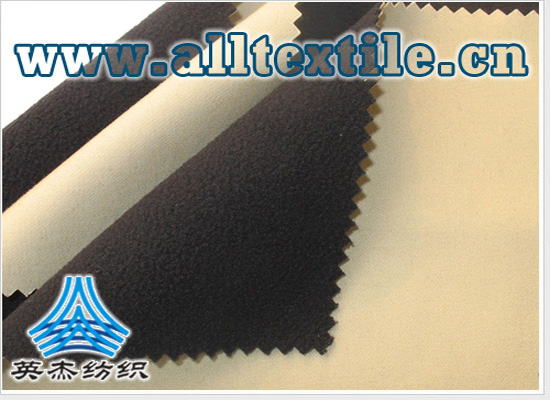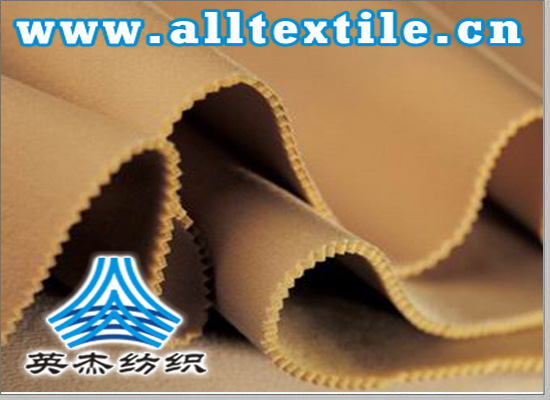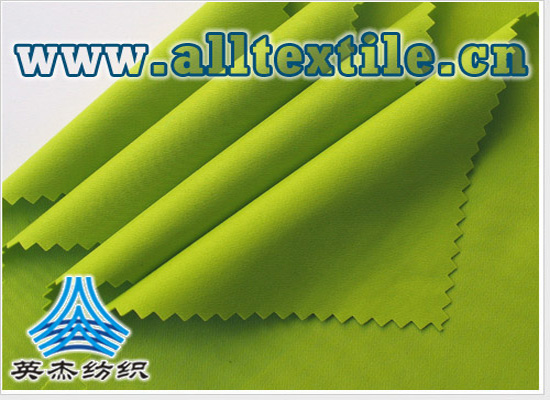Classification of polyester mesh composite fabric
Product description: Polyester mesh, which is made of polyester sandwich mesh + EPE pearl cotton and is laminated after being bonded with glue. , horse-shaped, used to make pet harnesses.

To figure out the classification of this product, you must first figure out what exactly this product is? From the product description, we know that it is a composite fabric with a polyester sandwich mesh on the surface and EPE pearl cotton on the bottom layer. Then let’s take a look at the properties of polyester sandwich mesh and EPE pearl cotton?
Sandwich mesh is a double needle bed warp knitted mesh. It is a knitted synthetic fabric consisting of upper, middle and lower sides. The surface is usually designed with mesh and the middle layer is The middle yarn connects the surface and the bottom surface. The bottom surface is usually a densely woven flat surface. Because its three-dimensional mesh structure is very similar to a Western sandwich burger, it is named sandwich mesh.

EPE pearl cotton is a new type of environmentally friendly plastic, which is composed of low-density polyethylene ester that is physically foamed to produce countless independent bubbles.
Classification basis: From the product attributes, it can be seen that this is a composite product of polyester textile and foam plastic. Is it classified as textile or plastic? We also need to start with class notes and chapter notes.
First look at Note 1 (8) of Category 11:
1. This category does not include: (8) Impregnating, coating and wrapping with plastics in Chapter 39 Covered or laminated woven, knitted or crocheted fabrics, felt or non-woven fabrics and their products.
Some textiles impregnated, coated, covered or laminated with plastics are excluded from Chapter 39. In other words, if they can be classified into Chapter 39, they will be classified first. Chapter 39, if it cannot be classified, it can be classified as textiles. What kind of situation can be classified into Chapter 39? Here, we have to look at the “Composite Products of Plastics and Textiles” under the General Notes of Chapter 39:
(4) Foam plastics and textiles (as specified in Note 1 of Chapter 59 ), felt or non-woven fabric composite board, sheet and belt, the fabric only serves as a reinforcement.
For this purpose, unpatterned, unbleached, bleached or level-dyed textiles, felts or non-woven fabrics which are attached to only one side of these boards, sheets and strips shall be deemed to have a reinforcing effect only . Textiles and specialty products that use fancy, printed or more refined processing (for example, brushed), such as fleece fabrics, mesh tulle, lace and textile products of heading 58.11, should be considered to have more than a mere reinforcement effect.
From the above analysis, the sandwich mesh in this product is a double needle bed warp knitted mesh, which is a knitted synthetic fabric. Its processing level has exceeded the scope of just reinforcing, so this product It cannot be classified as plastic but should be classified as textile.
Since this product is classified as a textile material, does it necessarily fall under heading 59.03? Here we have to understand its prerequisites—-Chapter 59 Note 1:

Only the textiles and textiles under these chapters and items Plastic composite products can be classified under heading 59.03. Textiles of other headings, such as mesh fabrics under 58.04, quilted fabrics under 58.11, and fleece knitted fabrics under 60.01, are composites of the above textiles and plastics. products cannot be classified under heading 59.03.
It can be seen from the processing technology of the above polyester sandwich mesh that it is a warp knitted fabric. If the width is unknown, it can be classified under heading 60.03 or 60.05 and complies with Chapter 59. It is within the scope of Note 1, so the products composed of mesh and plastic should be classified under heading 59.03.






